
What ancestral hair traditions connect ancient Egypt to textured hair communities?
Ancient Egyptian hair traditions reveal profound connections to textured hair heritage through shared care practices and cultural significance.

How did ancient Egyptian wig styles influence African hair adornment?
Ancient Egyptian wig styles, symbols of status and hygiene, directly influenced the rich hair adornment heritage across Africa.

Wig Industry Evolution
Meaning ❉ The Wig Industry Evolution chronicles manufactured hair's journey from ancient utility to a complex expression of identity and heritage.
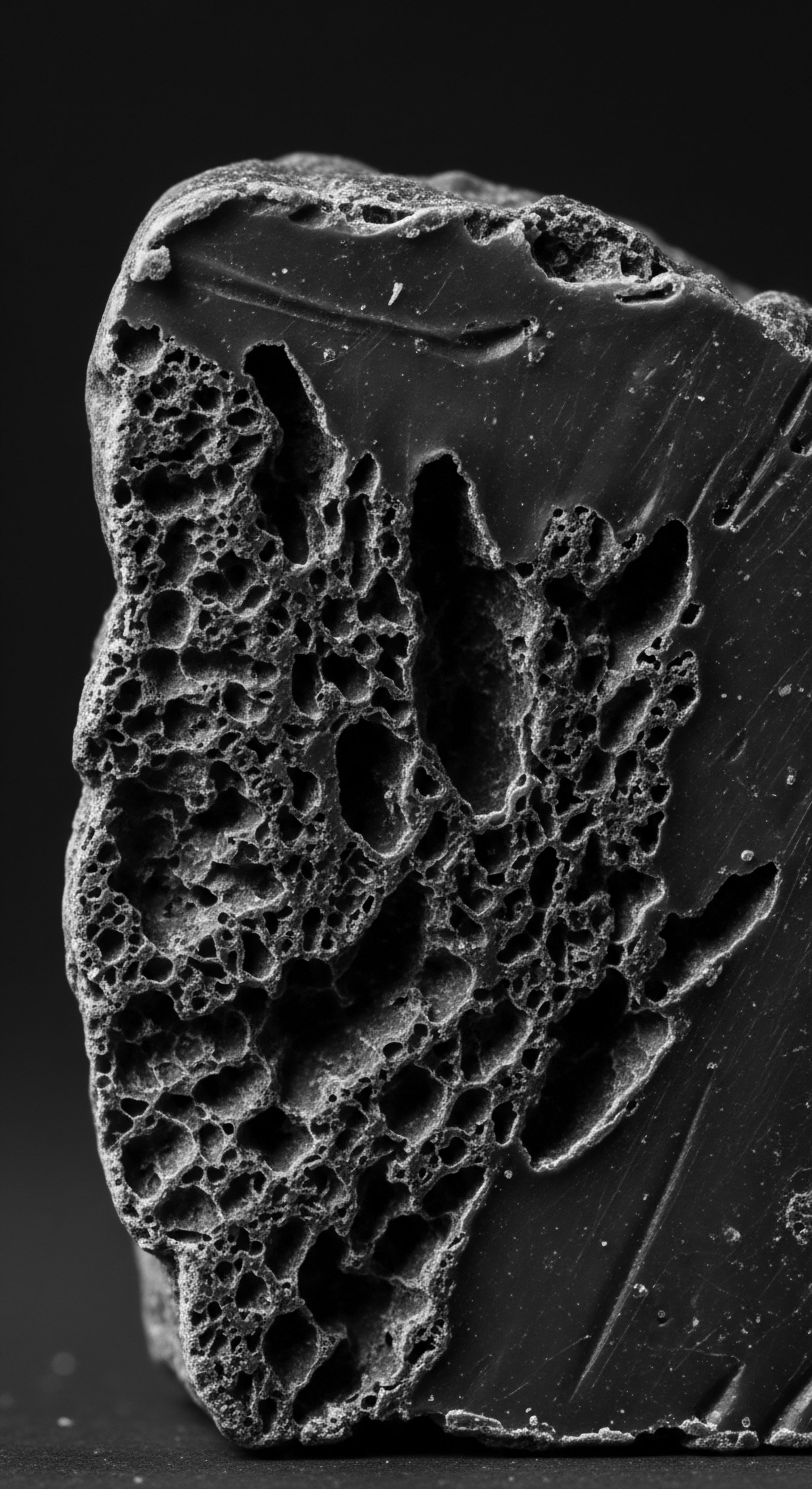
What is the cultural significance of ancient Egyptian hair practices for heritage?
Ancient Egyptian hair practices hold deep cultural significance for textured hair heritage, symbolizing status, purity, and ancestral connection.

What ancient cultures cherished textured hair?
Ancient cultures cherished textured hair as a powerful symbol of identity, spirituality, and status.
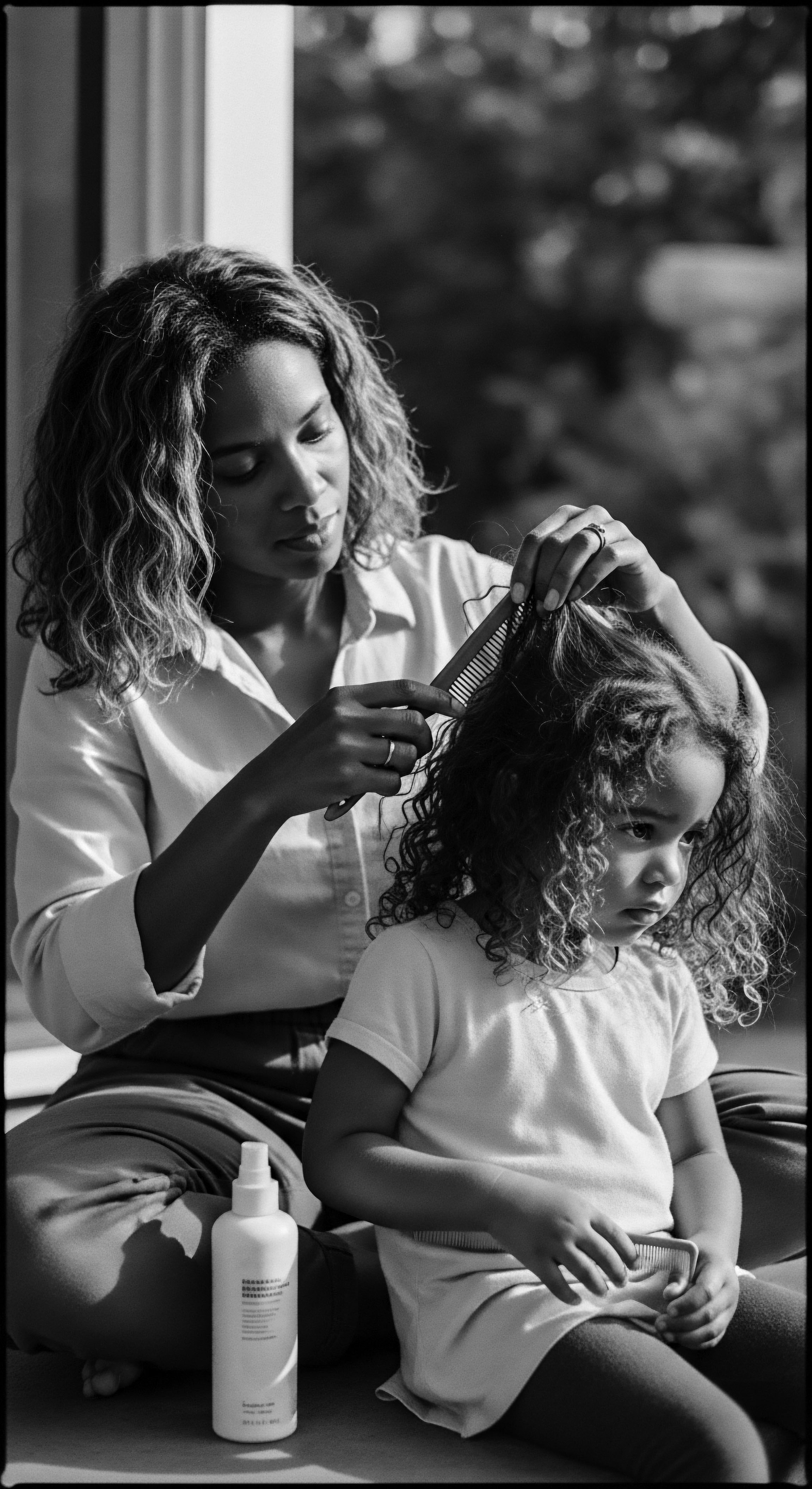
Were ancient Egyptian hair practices similar to modern textured hair routines?
Ancient Egyptian hair practices indeed mirrored modern textured hair routines through shared emphasis on moisture, protection, and cultural identity.

Did Egyptians have textured hair?
Ancient Egyptians displayed a range of hair textures, often enhanced with natural products and elaborate wigs, deeply connected to their identity and heritage.
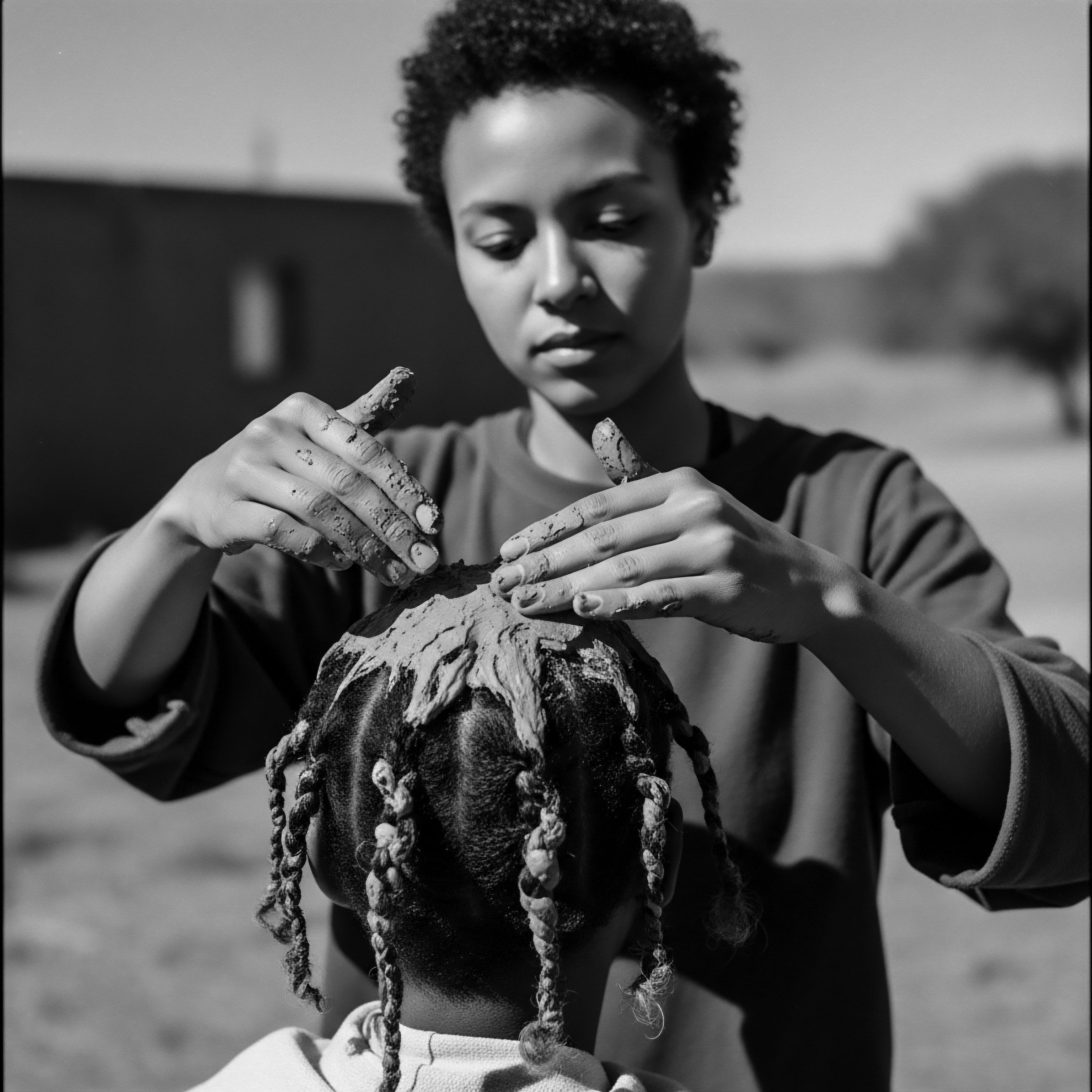
What historical evidence shows ancient Egyptian textured hair care?
Ancient Egyptian hair care, evidenced by intricate wigs, natural oils, and wide-toothed combs, showcases a heritage of intentional textured hair practices.

Egyptian Styling
Meaning ❉ Egyptian Styling delineates the ancient Nile Valley's sophisticated hair care and adornment practices, reflecting status, identity, and enduring ancestral wisdom for textured hair.

What is the historical significance of wigs in textured hair traditions?
Wigs in textured hair traditions signify heritage, protection, and identity from ancient African societies to contemporary expression.

Black Hair Wigs Heritage
Meaning ❉ The Black Hair Wigs Heritage explores the enduring ancestral traditions and adaptive expressions of wigs within Black and mixed-race communities.

What Kemetian tools shaped textured hair heritage?
Kemetian tools, especially wide-toothed combs and natural oils, shaped textured hair heritage by establishing practices for care and cultural expression.

How did ancient Egyptian hair tools connect to heritage?
Ancient Egyptian hair tools are foundational expressions of textured hair heritage, linking practical care with deep cultural symbolism.

Egyptian Wig Culture
Meaning ❉ Egyptian Wig Culture defines ancient societal and spiritual significance expressed through meticulously crafted hair adornments.
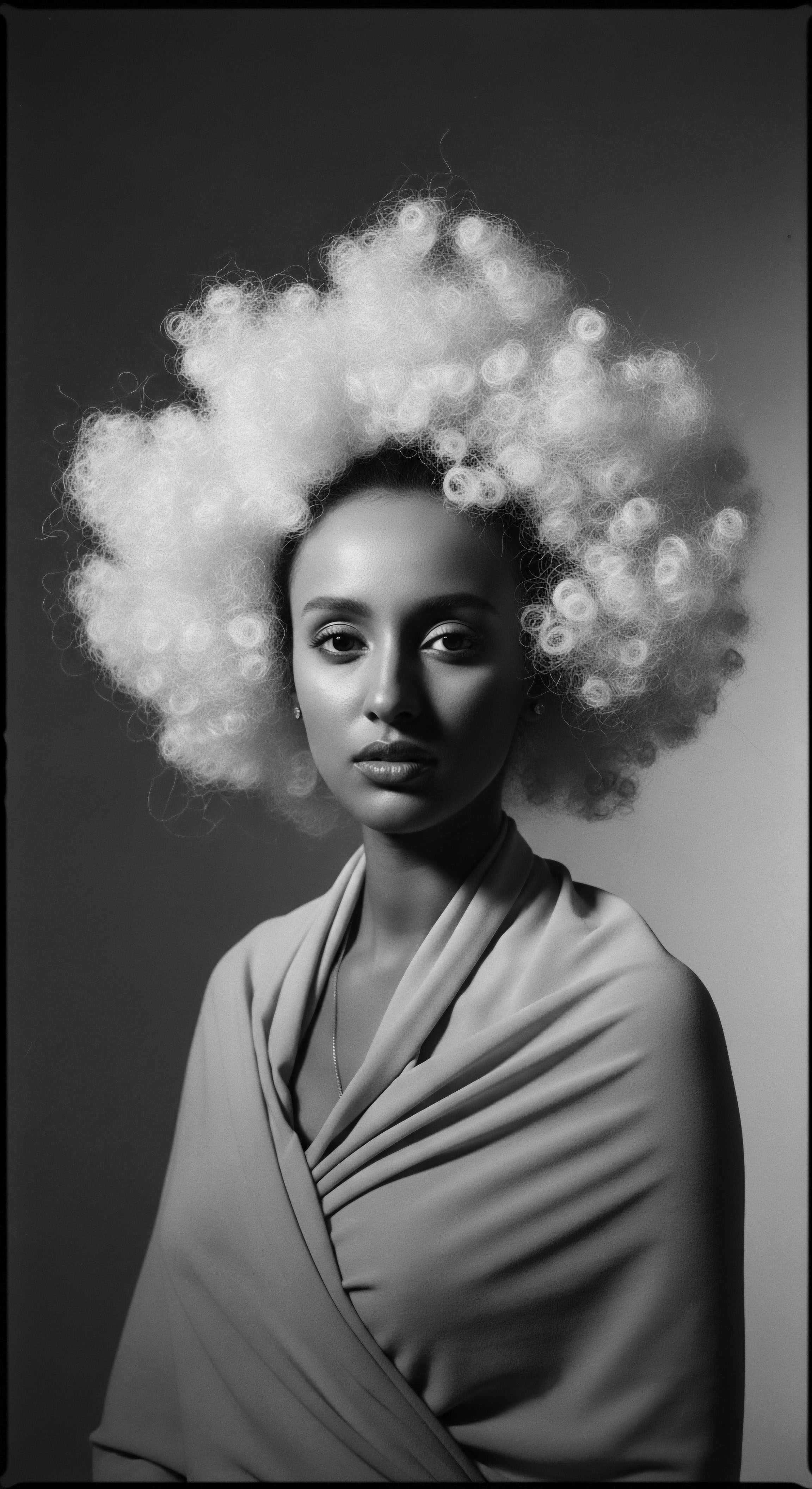
Egyptian Artifact Meaning
Meaning ❉ Egyptian Artifact Meaning, regarding hair, illuminates ancient societal roles, spiritual beliefs, and sophisticated care practices connected to textured hair heritage.

How did ancient Egyptians nourish textured hair?
Ancient Egyptians nourished textured hair with natural oils, fats, and intricate styling, recognizing its profound cultural and spiritual significance.

How did ancient Egyptian hair rituals contribute to the cultural identity of textured hair?
Ancient Egyptian hair rituals deeply rooted textured hair identity in spirituality, status, and protective care, a profound ancestral legacy.

African Diaspora Wigs
Meaning ❉ African Diaspora Wigs are cultural artifacts deeply tied to identity, resilience, and ancestral hair practices within Black and mixed-race communities globally.

Kemetic Aesthetics
Meaning ❉ Kemetic Aesthetics is a holistic ancient Egyptian philosophy where beauty, health, and social order intertwined, deeply reflected in textured hair care and styling.

Egyptian Hair Studies
Meaning ❉ A unique exploration of ancient Egyptian hair practices, their deep cultural significance, and enduring connection to textured hair heritage.
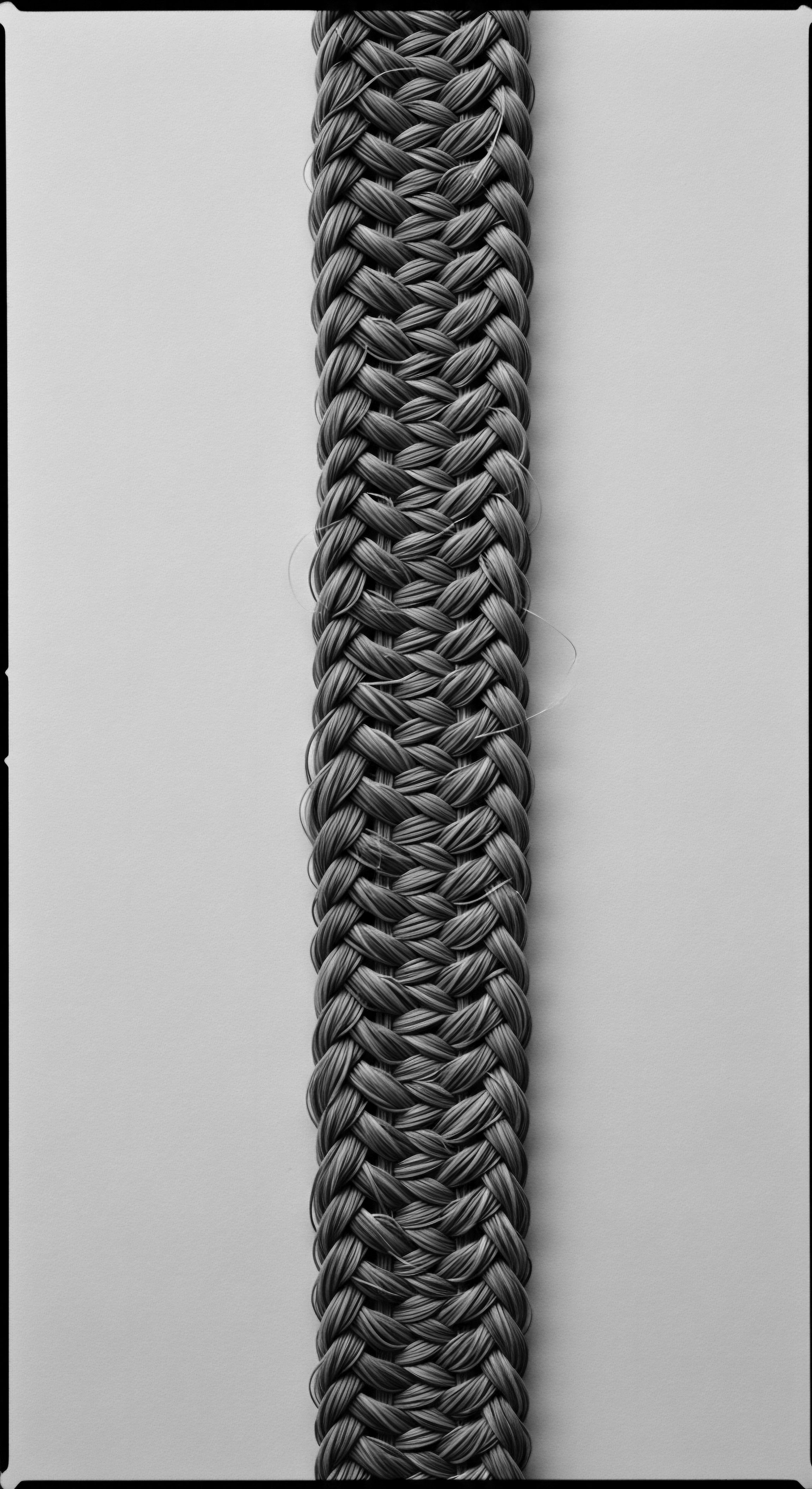
Textured Hair Wigs
Meaning ❉ Textured Hair Wigs are hairpieces replicating diverse curl patterns, embodying a rich heritage of identity, resilience, and self-expression within Black and mixed-race communities.

How did ancient Egyptians care for their hair?
Ancient Egyptians cared for their diverse hair textures using natural oils, intricate protective styles, and wigs, reflecting a deep heritage of hair preservation.

